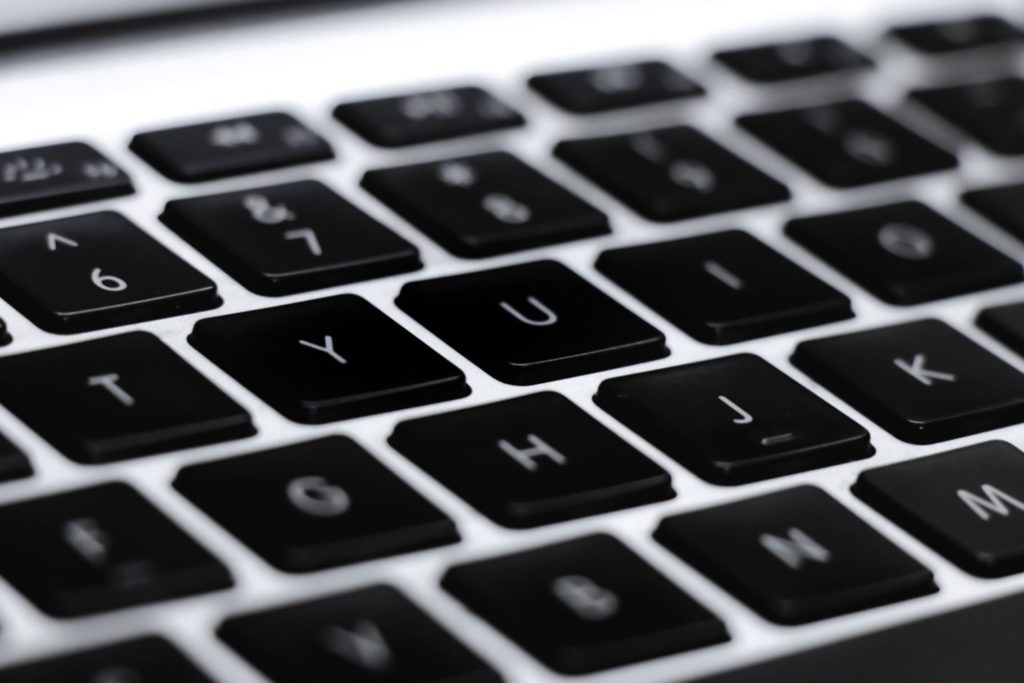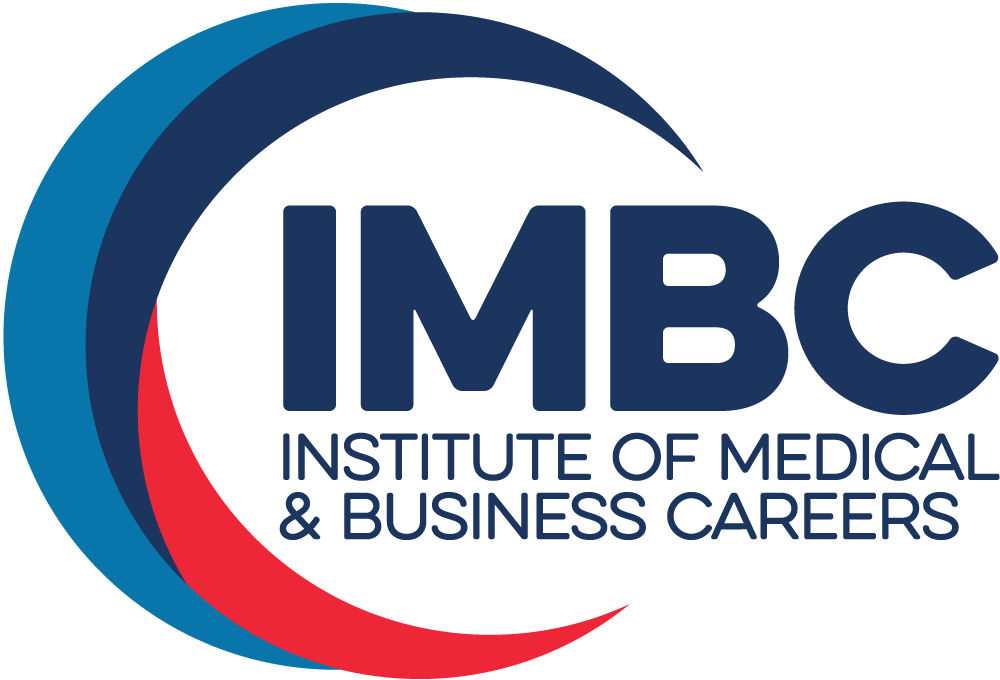Medical Records Technician: tasks and responsibilities
According to the Medical Dictionary, a Medical Records Technician, or MRT (also known as a Health Information Technician, or HIT) is a “technician who assists the medical record administrator by coding, analyzing, and preserving patient medical records and compiling reports, disease indices, and statistics in health care institutions”.

That’s a lot of jargon, so what exactly does that mean? Simply put, the MRT is in charge of managing patient information in a confidential manner. He or she typically works in an office environment and is not involved in the clinical care of a patient; however, this does not mean that the MRT’s role is not important in healthcare. Quite the contrary! One can think of the Health Information Technician as the vital “behind the scenes” specialist who helps keep healthcare practices running smoothly by ensuring patient records are kept up-to-date, accurate, and made available to healthcare providers for accurate care.
In order to be as helpful and efficient as possible, the MRT’s responsibilities most likely include customer service via phone and email, medical coding and billing to document procedures, customer billing, health information management, data entry, current procedural terminology (CPT) coding, and International Classification of Diseases (ICD-10) coding. Knowledge of medical terminology is also required in order to record doctors’ diagnoses properly, and you will typically learn this in your degree program.
The MRT is also responsible for keeping patient information confidential. This means that he or she cannot share any of the information held in a patient’s chart with anyone other than the medical professionals and insurers involved with the patient’s care. To stress how important confidentiality is in this field, the unauthorized sharing of information can result in disciplinary action against the employee, and possible legal action by the patient against the healthcare provider. Therefore, the MRT is someone who is trustworthy and able to keep things confidential – including printed records.

The workplace
Health information technicians work in medical offices in hospitals, clinics, and senior assisted-living facilities. For those who are night owls and prefer working evenings and nights, hospitals might present the opportunity for shift work, while clinics would most likely only be open during daytime business hours. However, the majority of those employed in this fieldwork a typical 9-to-5, Monday-to-Friday workweek.
Education
While some employers are ready to provide training to those who only have a high school diploma, the vast majority prefer job candidates with an Associate in Specialized Technology degree. Programs like the one at IMBC take about one-and-a-half years to complete, and in some cases, an internship is required to graduate. While an internship does take time, it provides the student with an advantage through real-world on-the-job work experience. There are also certifications that are strongly recommended, but not required by employers. These certifications are the Nationally Registered Certified Coding Specialist (NRCCS), and the Certified Electronic Health Record Specialist (CEHRS). Cardiopulmonary Resuscitation (CPR) certification is also highly recommended.
But for now, let’s have a look at a typical day for a Medical Records Technician who works in a health provider’s clinic.
Start of the day
Upon entering the workplace, the MRT will likely clock in and receive the day’s assignments and instructions from their immediate superior or administration supervisor. Next, he or she would log into the computer at their desk and most likely review the patient list, the calendar, and schedule in order to prioritize the day’s tasks and to be as efficient and accurate as possible.

Tasks
Because the MRT is responsible for tracking all aspects of patient medical history and care, each day’s series of tasks may be different. The technician might transcribe doctor notes into patient charts, update information for doctors and insurance companies reference using standardized codes, handle test results, x-rays and analyses from laboratories and transcribe the results into code form, compile a patient’s health information, ensure patient charts are complete and communicate with doctors to explain diagnoses. Along with all of the above, billing and insurance tasks could form part of the MRT’s daily routine. This would entail entering and retrieving data into electronic health record (EHR) systems, printing charts or other materials, and sending them to another facility, transmitting electronic records to other care providers, and preparing reports and invoices. It must also be stated that while working at the computer, the MRT would also most likely be answering and making phone calls during his or her shift.
Depending on the nature of the facility where the MRT works, he or she might also have to act as a receptionist: answering phones, greeting patients, scheduling patients, and guiding them to examination rooms. However, the MRT’s top priority will always be the medical coding, analyzing, compiling, and preservation of patient medical records. “Side” duties should not interfere with the job’s main purpose unless those responsibilities are clearly shared with you during the hiring process.
End of Day
At the end of the shift or workday, it is essential that none of the information handled is lost, which could be catastrophic for the patient and the healthcare provider. The MRT would be expected to back up the electronic files according to the employer’s procedures, secure patient charts, and safely close the programs used that day. This may include destroying physical paperwork in a shredder or deleting temporary computer files. Depending on the clinic, the MRT may also be expected to sanitize the work area. Afterward, the technician could then clock out, and if necessary, lock the doors.
In all, if you are a communicative person who enjoys working with computers, phones, doctors, medical professionals, and insurers in a dynamic office environment, the medical records field can be rewarding and satisfying. Even though the MRT does not have direct contact with patients and does not provide clinical care, his or her work ensures that their healthcare progresses as smoothly as possible. The MRT is a critical resource in the healthcare field; without MRTs, the coordination of patient care across providers and insurers would be challenging and the quality of care might suffer. If you are thinking about exploring a medical office career and making a difference in the lives of others, request more information about IMBC’s Associate of Specialized Technology Medical Records Technician program.
